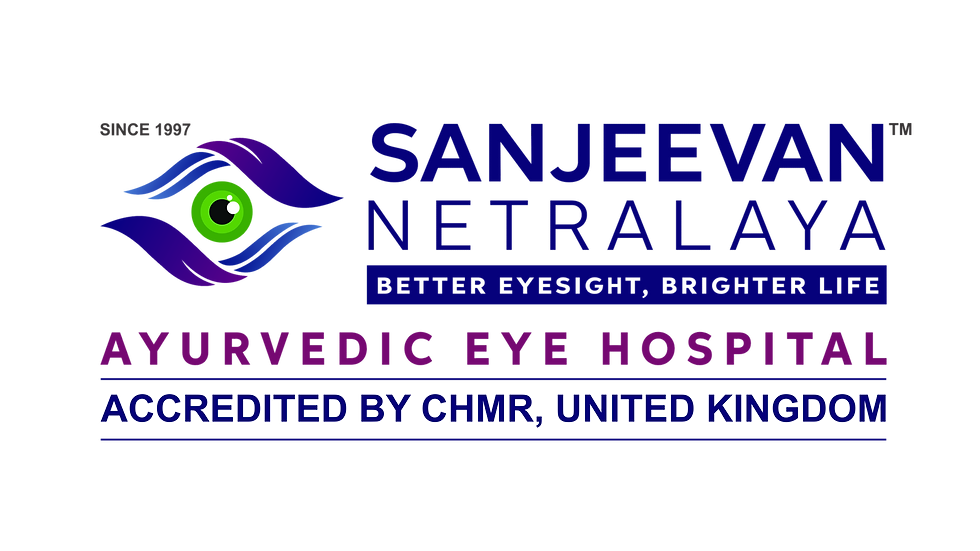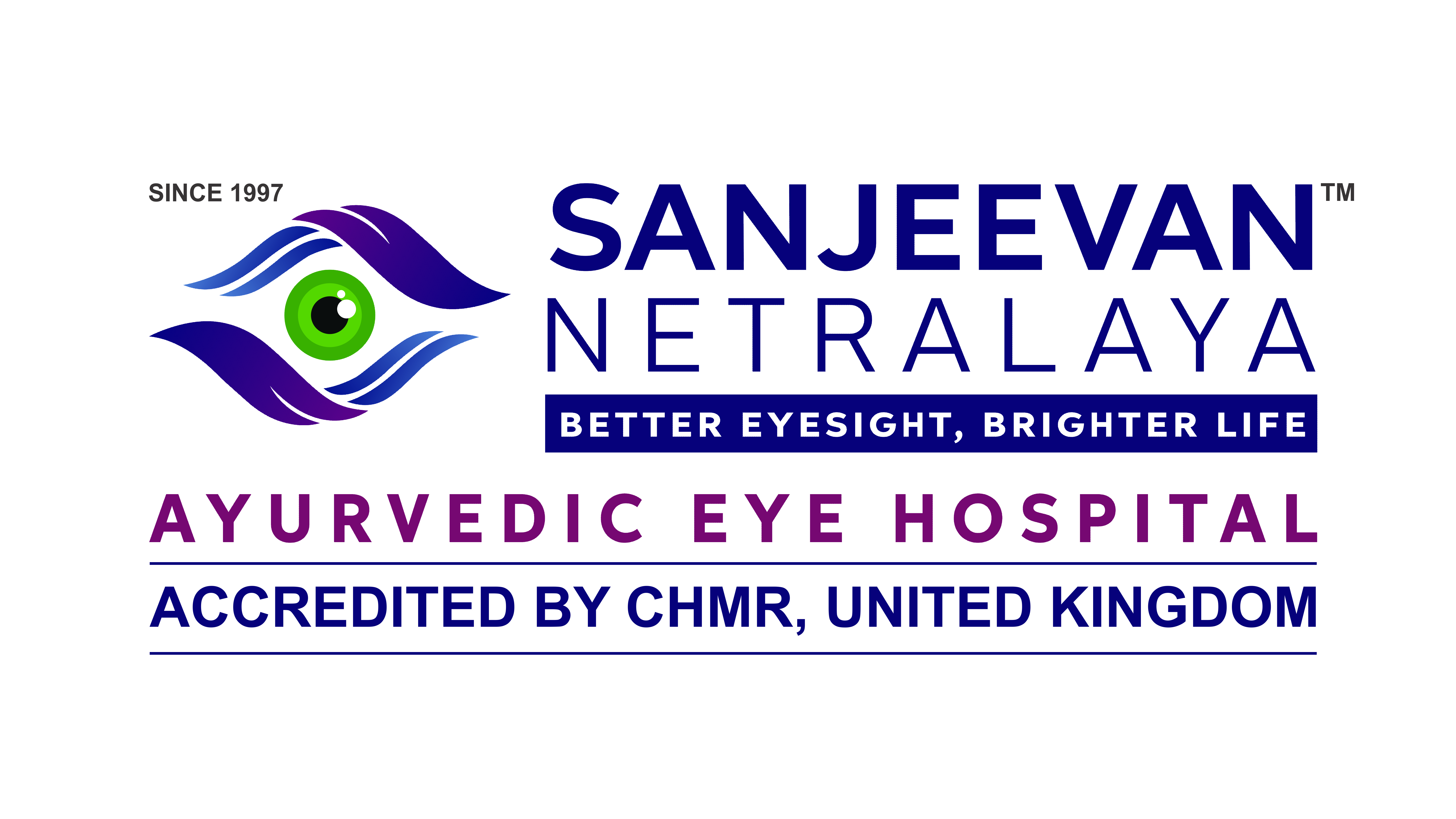- Hiren Suryawanshi
- Aug 14, 2024
- 2 min read
Updated: Nov 7, 2024

What is High Myopia?
In myopia, seeing distant objects becomes challenging, with faraway images appearing blurry and out of focus. You may find it difficult to clearly view text or images on a blackboard, movie screen, or television, though nearby objects remain clear.
Myopia typically results from a natural alteration in the shape of the eyeball, where it becomes more oval (egg-shaped) rather than round. This change causes light entering the eye to focus in front of the retina rather than directly on it.
Symptoms of High Myopia:
High myopia, generally defined as having a prescription stronger than -6D, can lead to various symptoms, including:
- Eyestrain
- Headaches
- Squinting
- Difficulty seeing distant objects clearly
Causes of High Myopia:
High myopia is often inherited and is characterised by the eyeball growing too long, disrupting its normal proportions. This causes light to focus in front of the retina, leading to blurred vision and potential complications, such as:
- Thinning of the retina’s centre (macula), leading to a loss of central vision while peripheral vision remains unaffected.
- Retinal thinning, which can result in tears or holes, increasing the risk of retinal detachment.
- Myopic retinoschisis (MRS), where the retina splits.
- Choroidal neovascularization (CNV), where new, abnormal blood vessels form under the retina, leading to potential bleeding and scarring.
- Increased eye pressure, heightening the risk of glaucoma.
- A higher likelihood of developing cataracts.
- Greater vulnerability to eye injuries and other traumas, including surgical complications.
Risk Factors for High Myopia:
High myopia is more prevalent in certain populations and may be associated with various genetic conditions and childbirth factors, such as:
- Asian and Middle Eastern ancestries
- Congenital glaucoma
- Retinopathy of prematurity (ROP)
- Ocular albinism
- Marfan syndrome
- Ehlers-Danlos syndrome
At Sanjeevan Netralaya Ayurvedic Eye Hospital, High Myopia is treated with great success.
High Myopia Ayurvedic Treatment at Sanjeevan Netralaya Ayurvedic Eye Hospital
High myopia, or severe nearsightedness, is a condition where the eye grows excessively long, leading to significant vision impairment and an increased risk of retinal complications.
At Sanjeevan Netralaya Ayurvedic Eye Hospital, we offer specialized High Myopia Ayurvedic Treatment designed to address this condition and support overall eye health.
Our High Myopia Ayurvedic Treatment utilizes a holistic approach, combining traditional Ayurvedic remedies with modern techniques to manage and potentially improve symptoms associated with severe nearsightedness. We focus on enhancing retinal health, improving visual function, and supporting the eye's natural ability to maintain clear vision.
At Sanjeevan Netralaya, our experienced Ayurvedic practitioners develop personalized treatment plans tailored to each patient’s unique needs. Our goal is to provide effective solutions that aim to improve and restore vision while addressing the challenges associated with high myopia.
If you are seeking a natural and comprehensive treatment for high myopia, Sanjeevan Netralaya Ayurvedic Eye Hospital offers the expert care you need. Contact us today to learn more about our High Myopia Ayurvedic Treatment and discover how it can help improve your vision and overall eye health.

